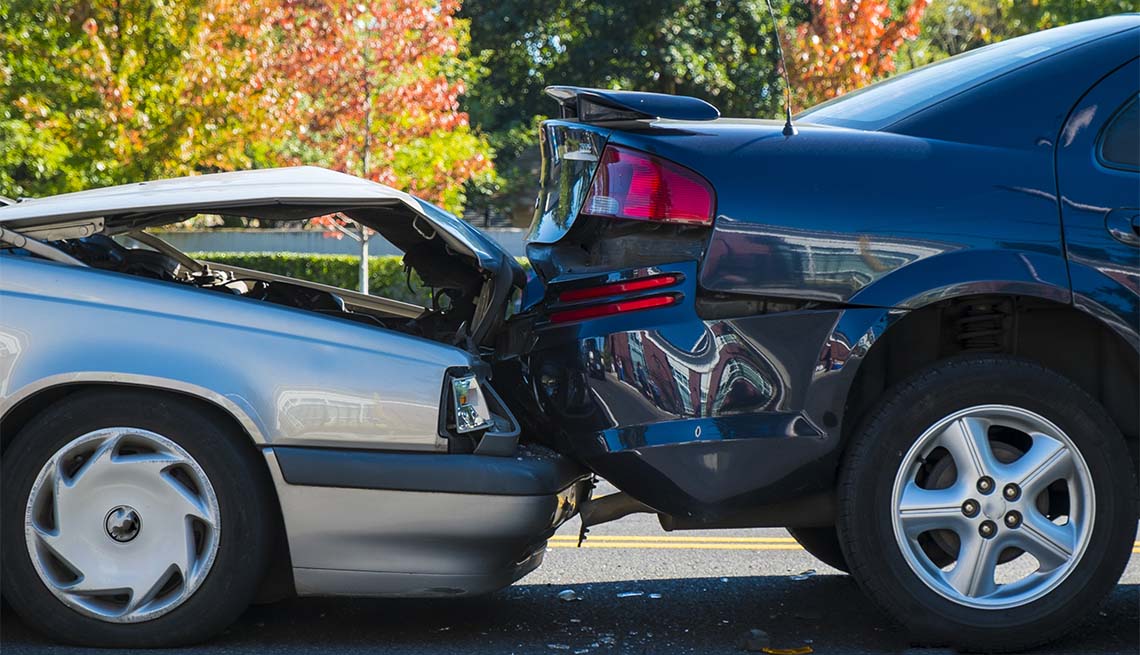Automobile dealers across the United States dealing with the brunt of the slowdown in motors sales and two-wheelers have also witnessed a ten consistent cent drop in carrier customers.
The reluctance of current owners to spend more on their automobiles is another dampener for the community, which generally makes more money using servicing motors than promoting them. Typically, sellers earn 31 percent of their profits from after-income and 25 percent from income. According to the JD Power 2019 India Customer Service Index Study, there was a 10 in keeping with a cent drop within the common quantity spent in step with service compared with 2018. Customers commonly spent Rs 5,000 per carrier visit this year, compared with Rs 5 six hundred in 2018. The decline is finest amongst after-income customers 39 years or older – non-millennials – whose spending declined 17 percent 12 months-on-12 months.

“Typically, dealers rely on carrier paintings to keep their groups worthwhile, particularly throughout a downturn in new-car income,” stated Kaustav Roy, Director and Country Head for India, J.D. Power. “A drop in common service spend bodes negatively for basic dealer profitability. More than ever, dealers must focus on delivering a great provider experience to retain customers and inspire loyalty and advocacy.”
Among the brands, Hyundai is ranked highest in standard carrier satisfaction with a score of 903, followed by Tata at 870 and Mahindra at 863. A higher score indicates the likelihood of customers recommending their emblem to others. The market average rating became 826.
India’s largest carmaker, Maruti Suzuki (799), in conjunction with Datsun (799), Honda (796), and Renault (787), fashioned the lowest quartile of the provider index. The look is primarily based on responses from 7,177 new-vehicle owners who bought their cars between March 2016 and August 2018. The examination was fielded from March to August 2019. It measures new-car proprietor pride with the after-income provider technique by analyzing dealership performance in five elements (indexed so as of significance): service satisfaction (30 according to cent); provider initiation (18 consistent with cent); provider facility (18 according to cent); provider advisor (17 according to cent); and automobile pick-up (17 consistent with cent).
The majority of 89, according to cent of the customers who rated their experience within the top quartile of satisfaction (929 factors and above on a 1,000-factor scale), are more likely to return for submit-warranty service work. Ninety percent of them had been additionally in all likelihood to suggest the service center to a friend or a relative. Other observations indicated a reluctance amongst clients to go virtual for after-income service, with clients not often using digital channels to set appointments despite higher pleasure. Satisfaction becomes 875 among just one, consistent with the percentage of customers who used a producers’ app and 868 for 2, which is in line with the percentage of customers who used a dealer’s internet site. The majority (81 in keeping with cent) nonetheless picked to call a supplier and stated a pride rating of 831. Customers who strolled in without an appointment (14 percent) were the least happy, scoring 786.
The examiner additionally stated a wider variety of clients now wait at dealerships even as the motors are being serviced- down ten percent factors to 21 in step with cent in 2019. However, delight is normally better amongst clients who watch for their car carrier (837) than people who favor leaving, after which they return (821).












